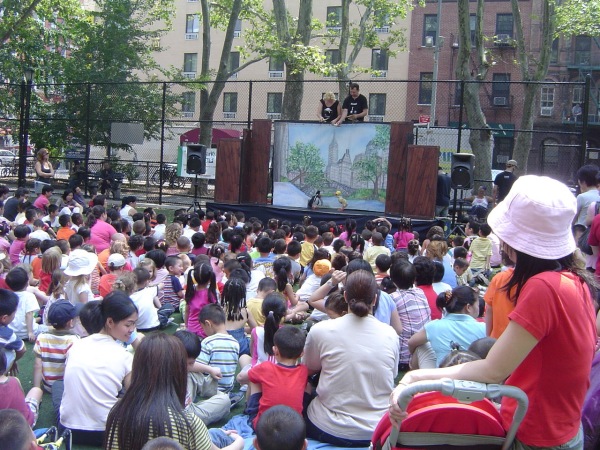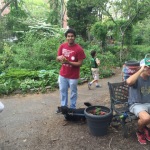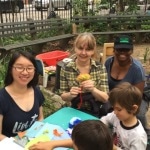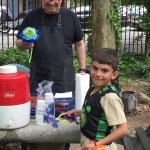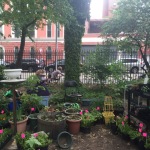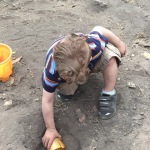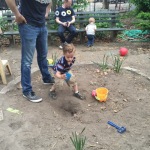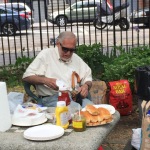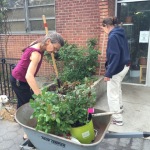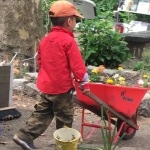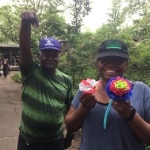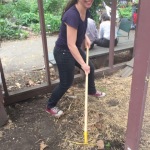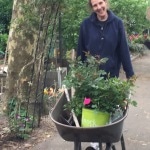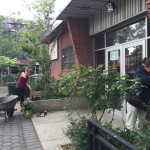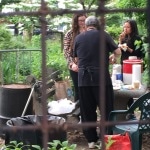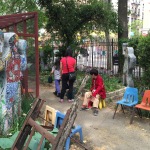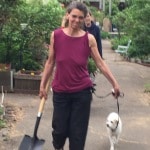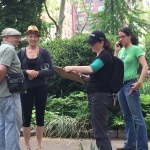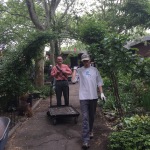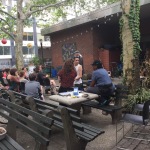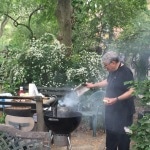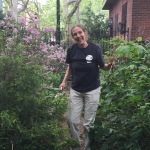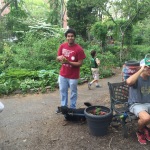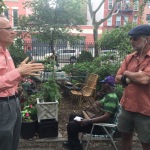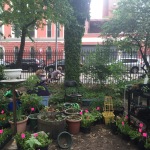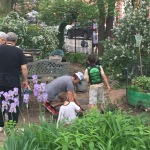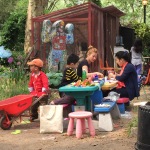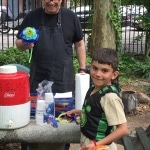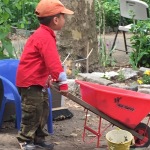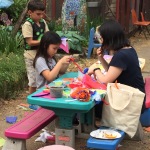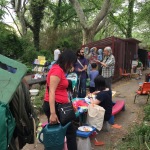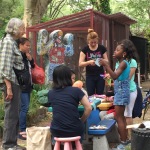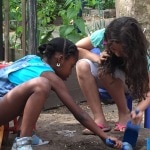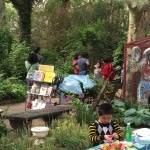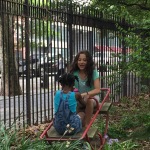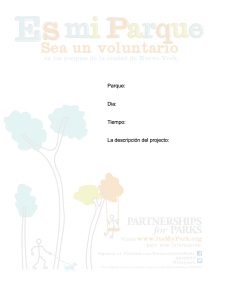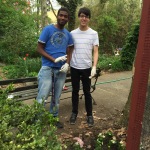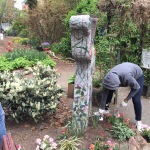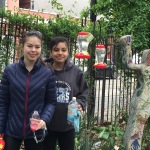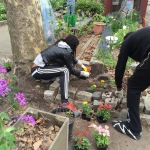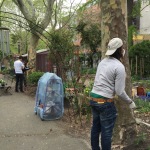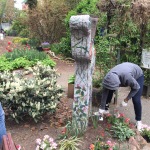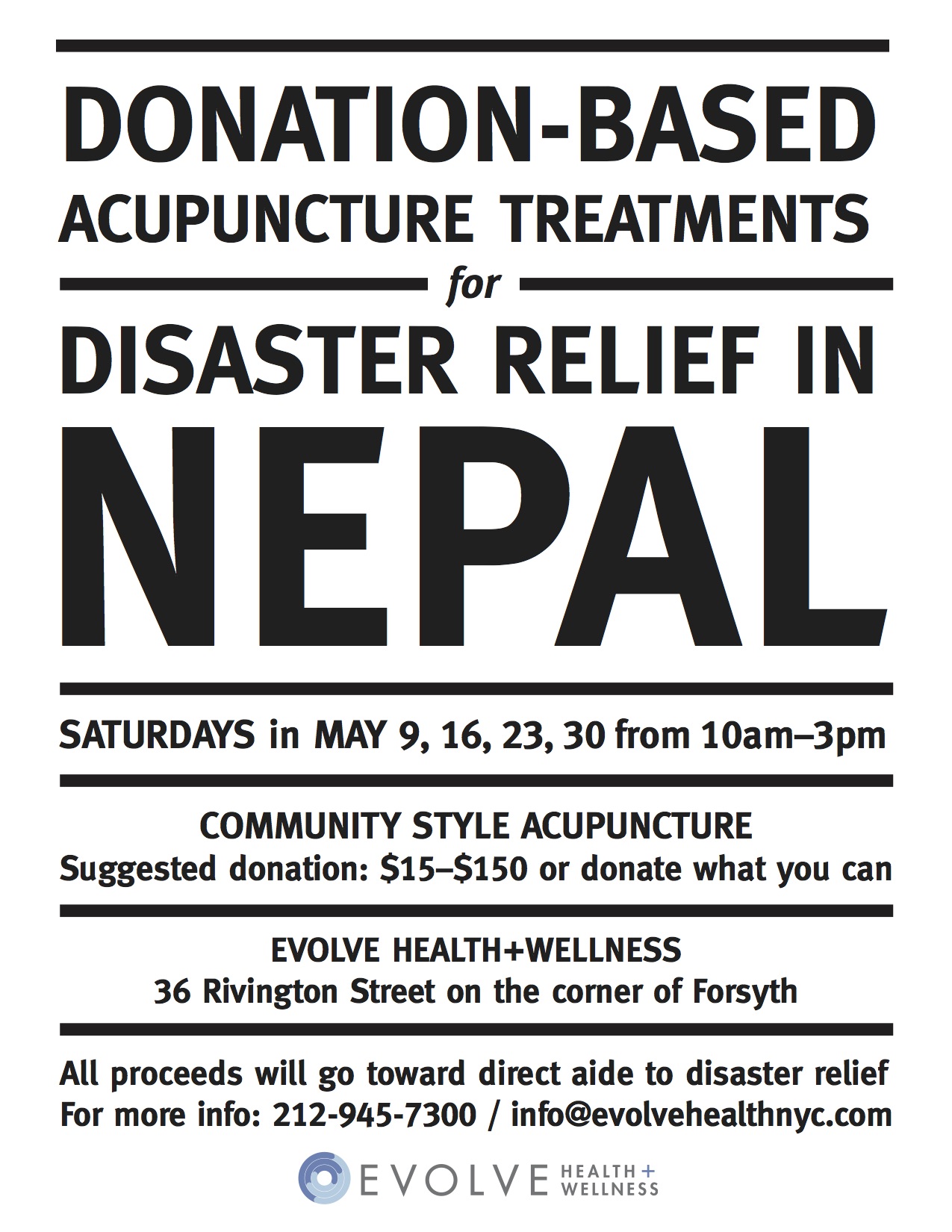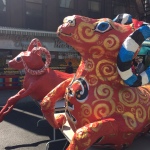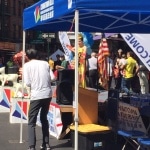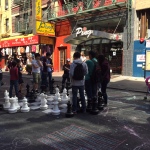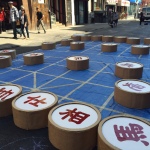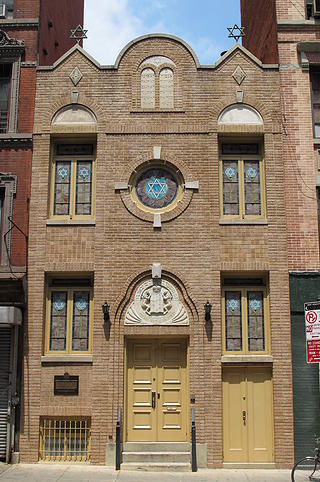NYC City Council Parks Chair Budget Priorities – Mark Levine
COMMITTEE ON PARKS AND RECREATION FISCAL 2016 PRELIMINARY BUDGET HEARING
March 9, 2015
HON. MARK D. LEVINE, CHAIR
OPENING STATEMENT
Good morning, and welcome to the Parks and Recreation Committee’s Hearing on the Fiscal 2016 Preliminary Budget and the Fiscal 2015 Preliminary Mayor’s Management Report for the Department of Parks and Recreation. My name is Mark Levine and I am the Chair of the Parks and Recreation Committee.
In line with the budget process mandated by the City Charter that ultimately will lead to the adoption of the Fiscal 2016 budget, today we will hear testimony from the Department of Parks and Recreation on its Expense and Capital Budgets for Fiscal 2016.
New York City’s parks system has improved dramatically in almost every way in recent years–with better upkeep, greater safety, and dazzling new renovations. And the most recent Mayor’s Management Report shows that the upward trend has continued over the past year. The Parks Department accomplished this feat, despite a tight operating budget, thanks to the creativity and hard work of its staff, the efforts of thousands of volunteers, and the increasing generosity of private donors.
But improvements in our parks system have not been felt equally throughout the city. That fact is inseparable from the decades-long decline in what we spend on our park system relative to the size of the City’s total budget. Increased public spending is vital to the well being of our precious green spaces, especially in low- and moderate-income neighborhoods that lack access to the private dollars that have flowed into parks in wealthier areas of our city.
A few statistics illustrate some of the countless ways in which inadequate public funding impacts our parks and the millions of New Yorkers who rely on them:
- Today there are a total of only 28 Parks Rangers for all of New York City–down dramatically from nearly 200 in years past. Rangers serve as ambassadors to the natural world, supporting environmental education, outdoor recreation, wildlife management and active conservation. But today their number is so paltry that most New Yorkers will simply never come into contact with them and might not ever be aware of their existence.
- Our city’s sprawling network of natural areas, which totals more than 10,000 acres, is today supported by a total staff of only 75, far less than what we need to adequately maintain these natural resources, which play such an important part in our city’s environmental resilience.
- The budget for supporting our city’s 600 vitally important community gardens is so small that we can only purchase a total of 150 tools annually–that’s just 1 new tool for every 4 gardens.
- Despite the fact that better parks enforcement consistently ranks at the top of the priority list for residents in every one of our districts, our city’s 1,700 parks are patrolled by a total of only 240 PEP officers, 98 of whom are privately funded and thus serve only a select few parks. The entire borough of the Bronx, with its 7,000 acres of park land, has only 26 PEP officers, and on any given shift there might be as few as 4 or 5 on duty there.
- At a time when New Yorkers increasingly demand digital connectivity for professional and personal purposes, only 56 of our 1,700 parks have wifi access, and only 20 of those offer completely free access.
The Parks Department’s preliminary FY2016 budget does not address any of these pressing needs. In fact, while there is a nominal increase in the department’s budget from $413 million in FY15 to $428 million for FY16, this actually represents a slight drop in the portion of the total city budget we are devoting to our parks, from 0.56% this year to 0.55% next year.
At a time when usage of our parks system is soaring–with over 3.3 million visitors annually to our 35 recreation centers alone–this proposed budget may actually amount to a decrease in funding per user. And on the critical measure of headcount, the 6,936 full-time equivalent positions that would be funded under the proposed FY16 budget would actually represent a drop of 90 employees.
Nor does the department’s preliminary budget include baselining of any of the enhanced funding measures which the City Council put in place last year. This included:
- $5 million for Park Enforcement Officers
- $8.7 million for park maintenance workers
- $1 million for tree pruning
- $750,000 for stump removal
- and $750,000 for our Parks Equity Initiative, which helps support volunteer stewardship groups in parks in low- and moderate-income areas.
The lack of baselining of any of this funding is particularly puzzling because much of it was used to support the mayor’s excellent Community Parks Initiative. I am hopeful that in its executive budget the administration will find the funds to sustain CPI and all of the other vital initiatives the Council supported last year.
But I hope that the mayor’s executive budget proposal will go further than just restoring last year’s funding. Among the additional funds I hope we will see are:
- $3.5M for GreenThumb, an amount which would fund 15 new staff positions, including increased staffing for the school garden program, the Land Restoration Program, and GreenThumb Outreach Coordinators. This would also provide funding to procure resources such as lumber, compost, and soil for gardens citywide.
- I’d like to see $3M for 40 additional Urban Park Rangers to supplement this dwindling program, for the important reasons I described earlier.
- I’d like to see additional funding to ensure beaches and pools are open past labor day through to the end of September, at least on weekends.
- I’d like to see $3.5M in additional funding for the Natural Resources Group, which would allow it to deploy a full crew to each borough.
- I’d like to see $500K added to the budget to support a Master Planning process for the city’s mid-sized parks–especially those which are regional draws with high usership.
- I’d like to see $3M in additional funds for the Trees and Sidewalk program, which helps repair severe sidewalk damage caused by tree and root growth, and has experienced significant cuts in recent years, creating a huge backlog in repair orders.
- I’d like to see $5M added for the hiring of an additional 200 playground associates to build the peak-season staffing level for all playgrounds. These important staffers provide both programmatic playground support and maintenance of comfort stations, and currently we have far too few to serve all 680 playgrounds which have comfort stations.
Lest this all sound like an extravagant shopping list, I’ll point out that every one of these enhancements combined would only push the Parks Department budget from 0.55% to 0.57% of the City’s total budget.
There are increases in the Parks capital budget which I’d like to see as well, including items in relation to two expense items I have just mentioned:
- $5M capital budget increase to GreenThumb to provide for infrastructure needs such as fencing, irrigation systems, other equipment for our city’s 600 community gardens.
- and I’d also like to see a substantial allocation of capital money, perhaps $200 million, for the mid-sized or regional parks which serve so many New Yorkers but have urgent unmet large-scale investment needs.
I look forward to hearing the administration’s testimony on these many issues, and on the Parks budget as a whole.
We will now hear from Commissioner Silver of the Department of Parks and Recreation.

